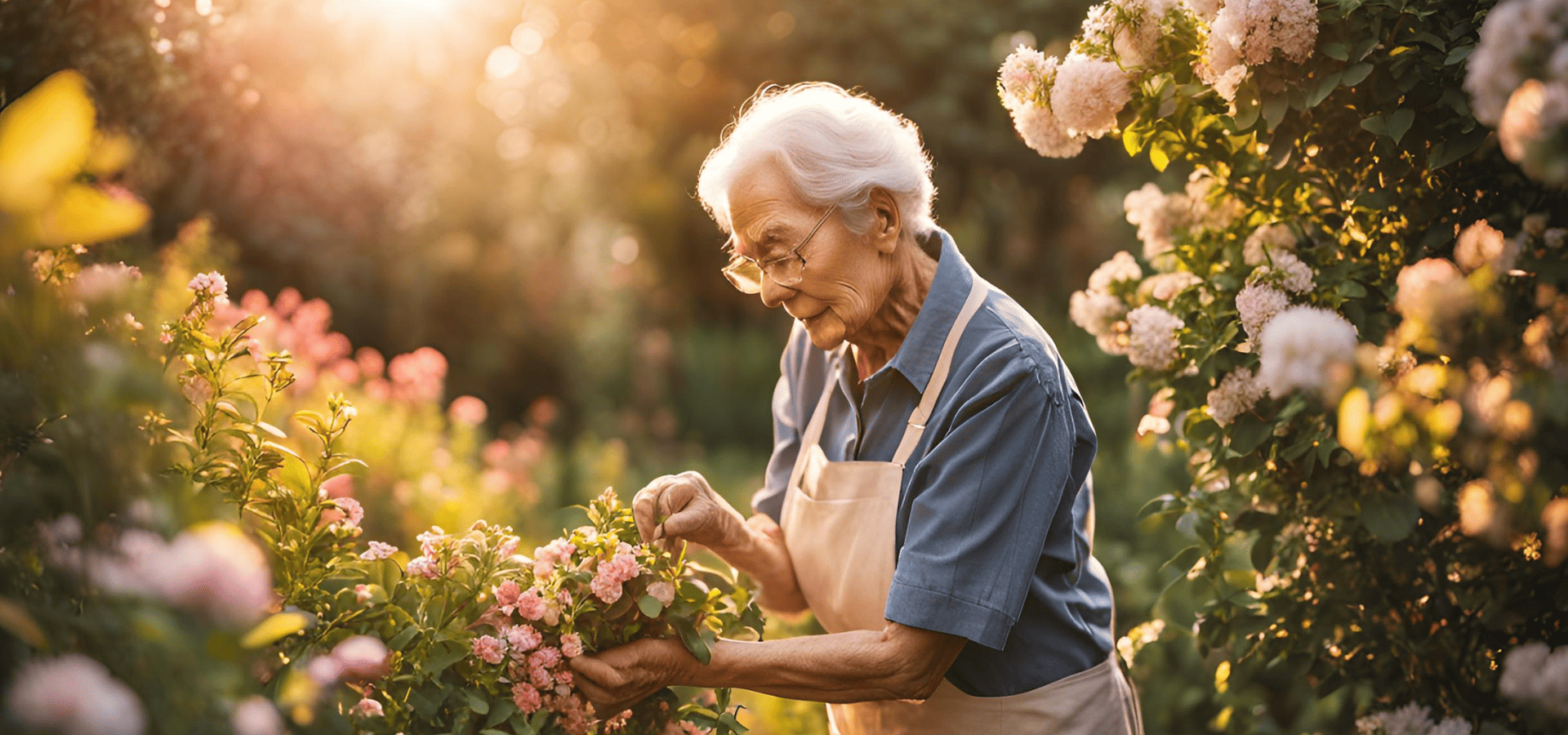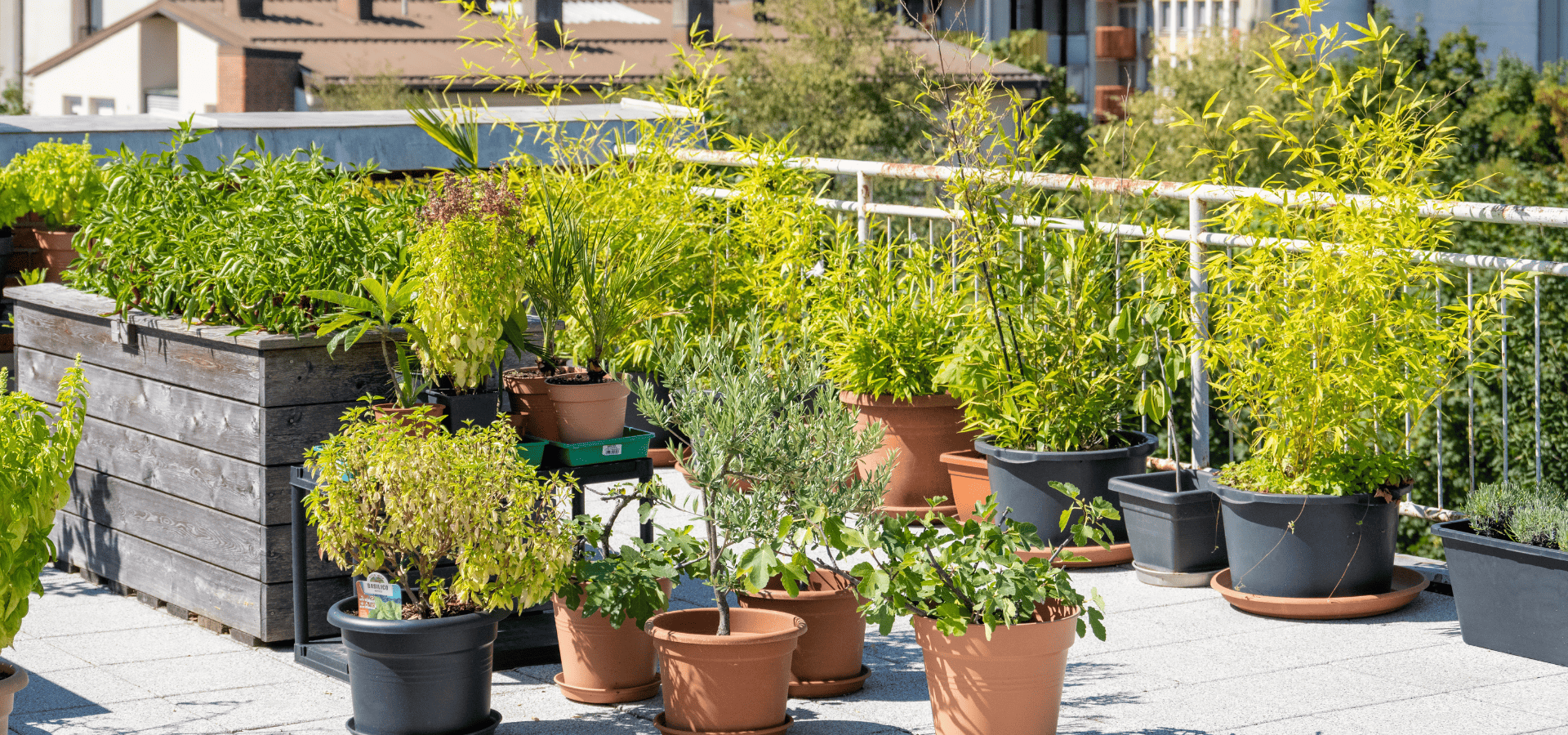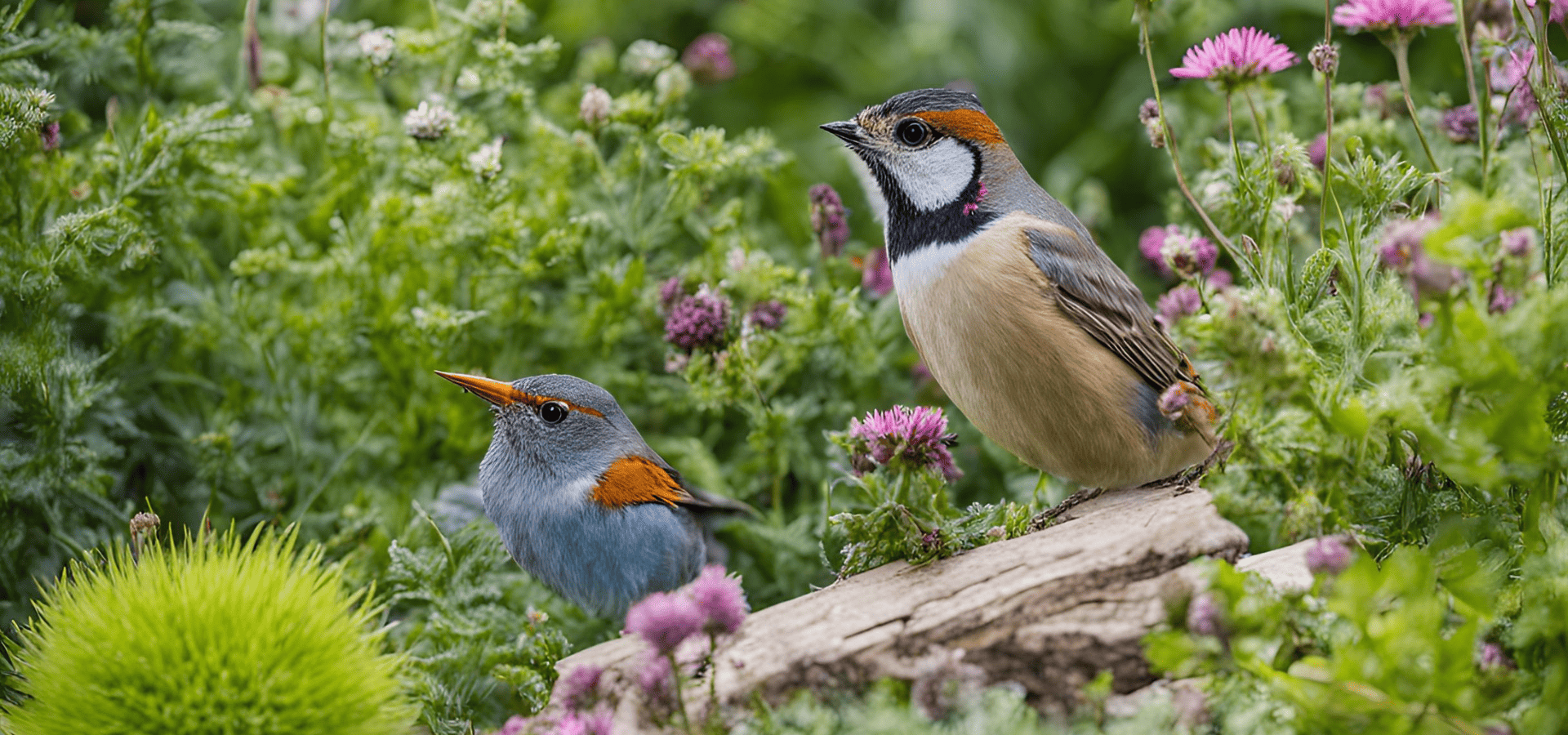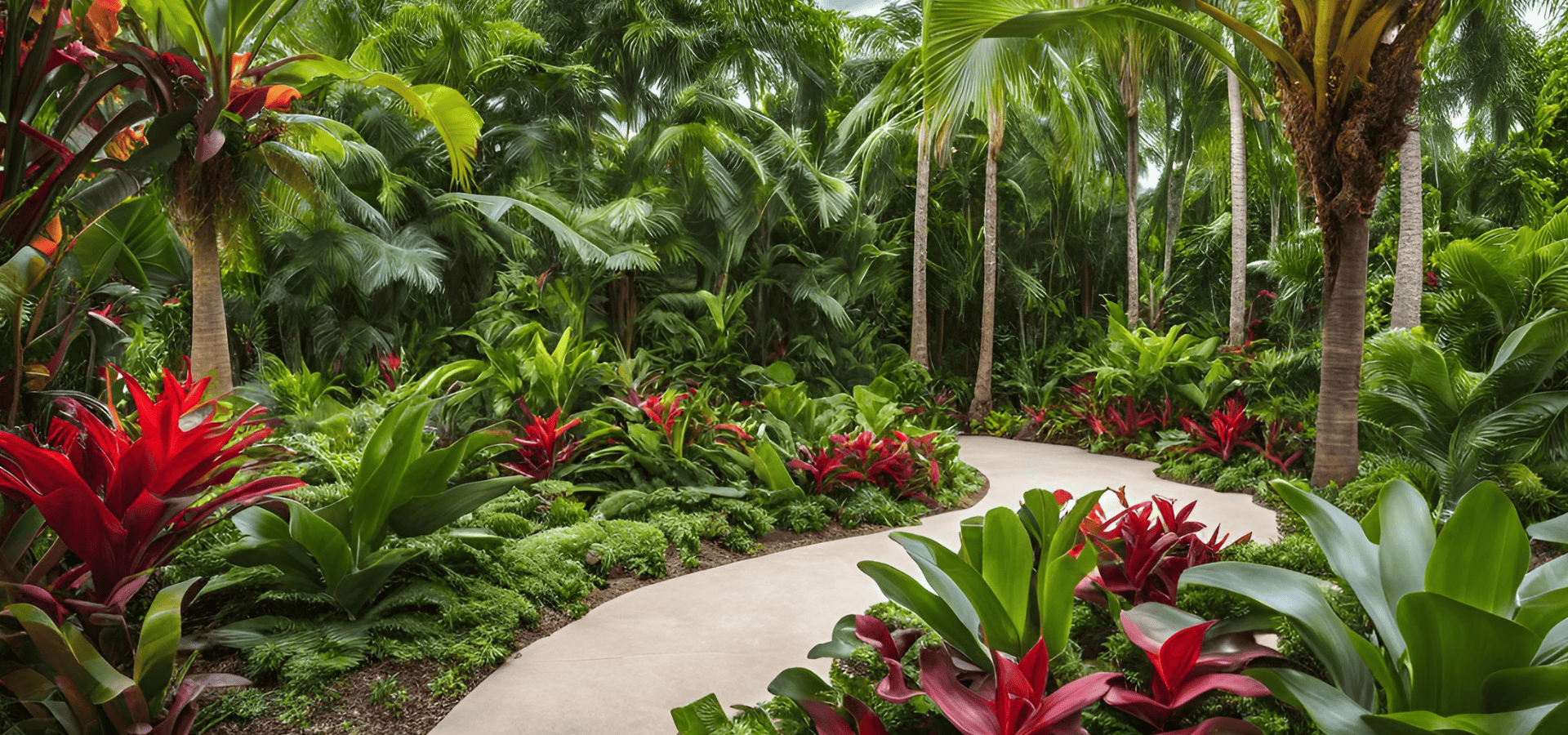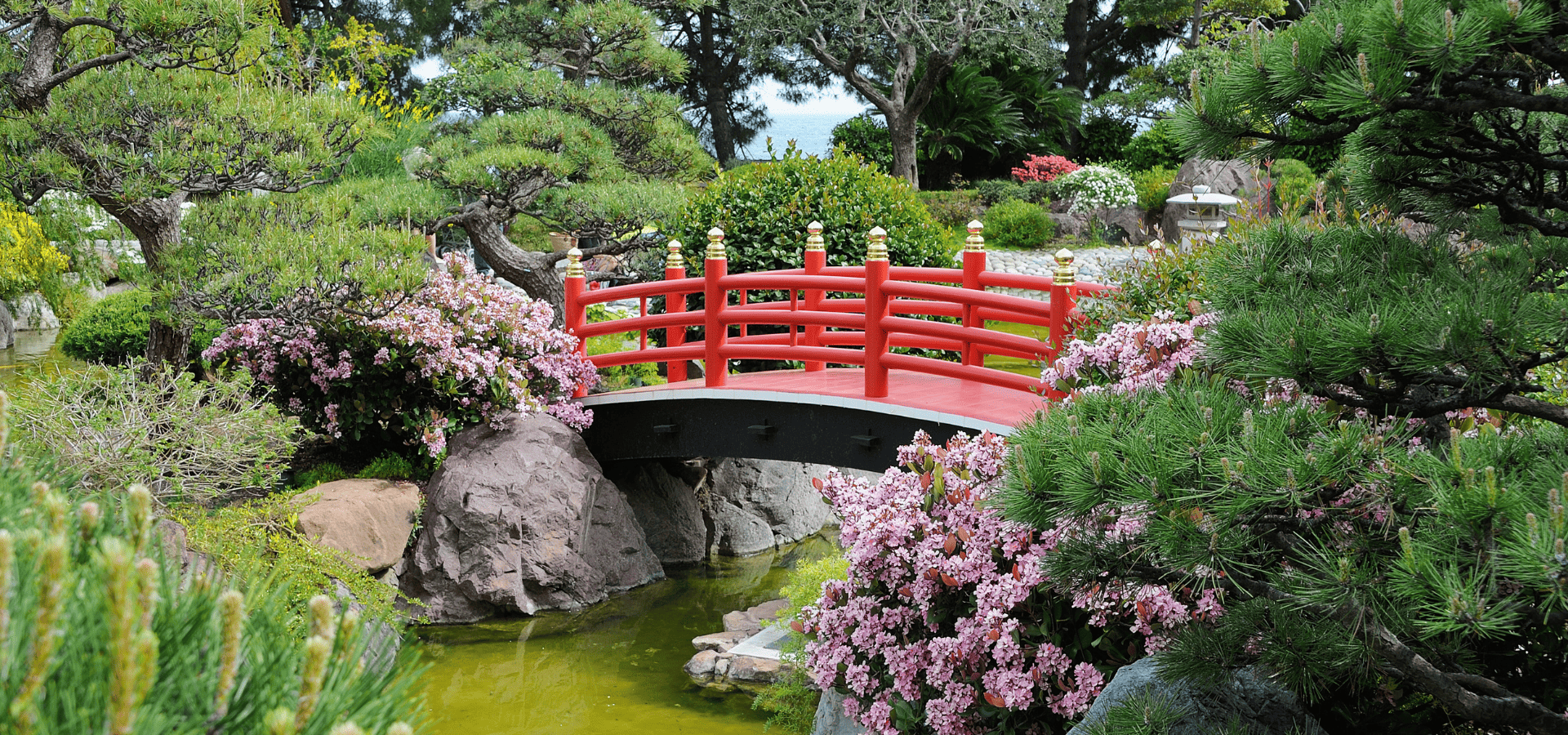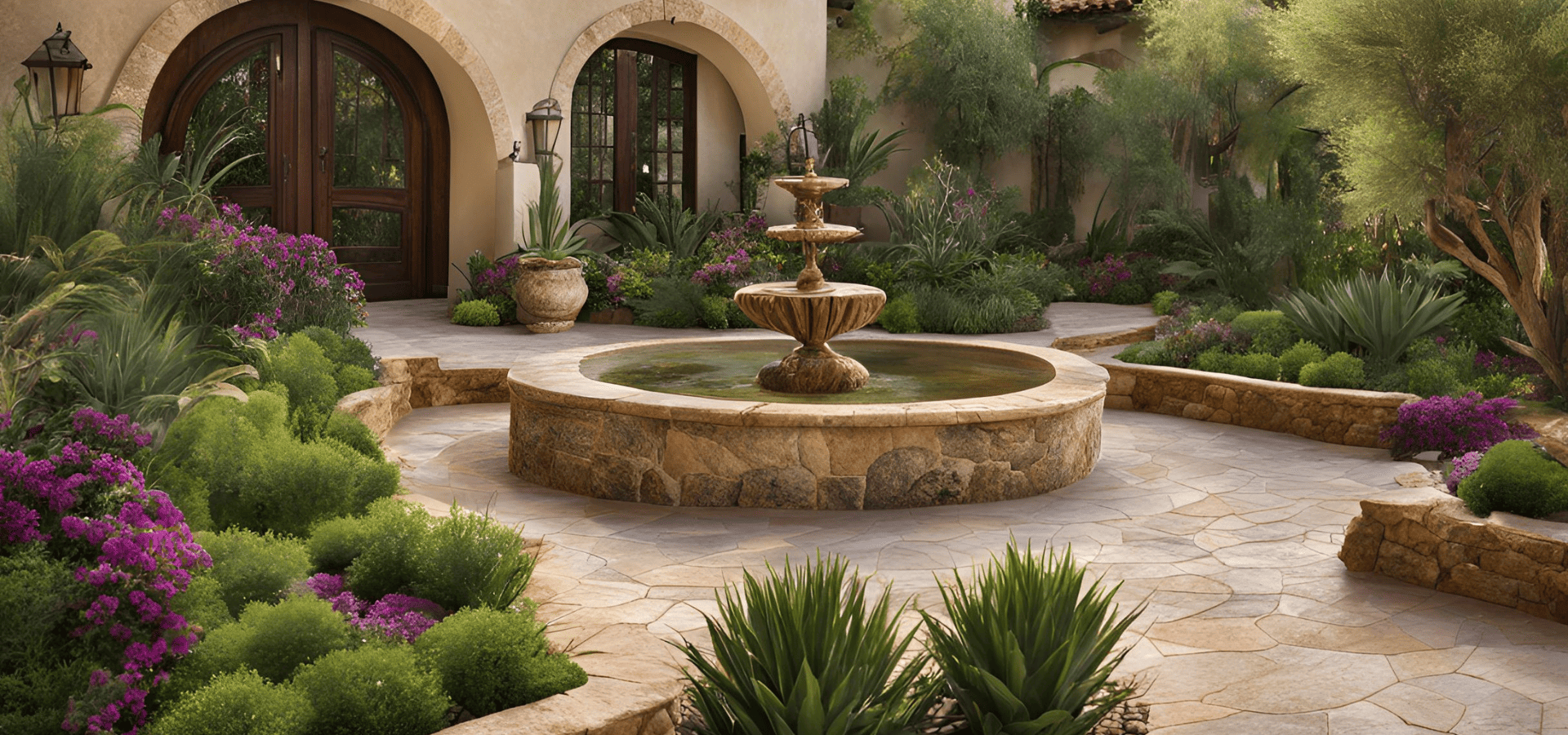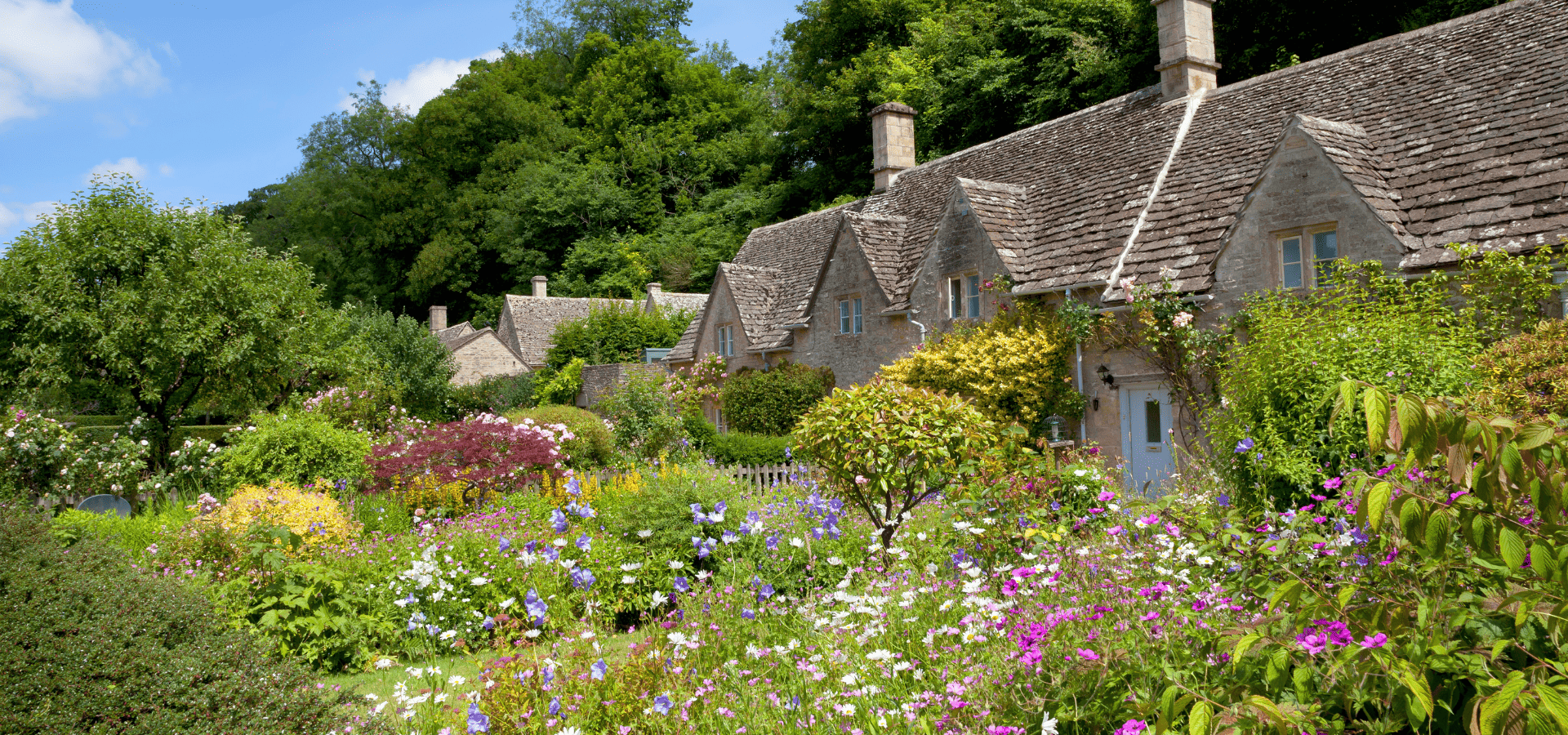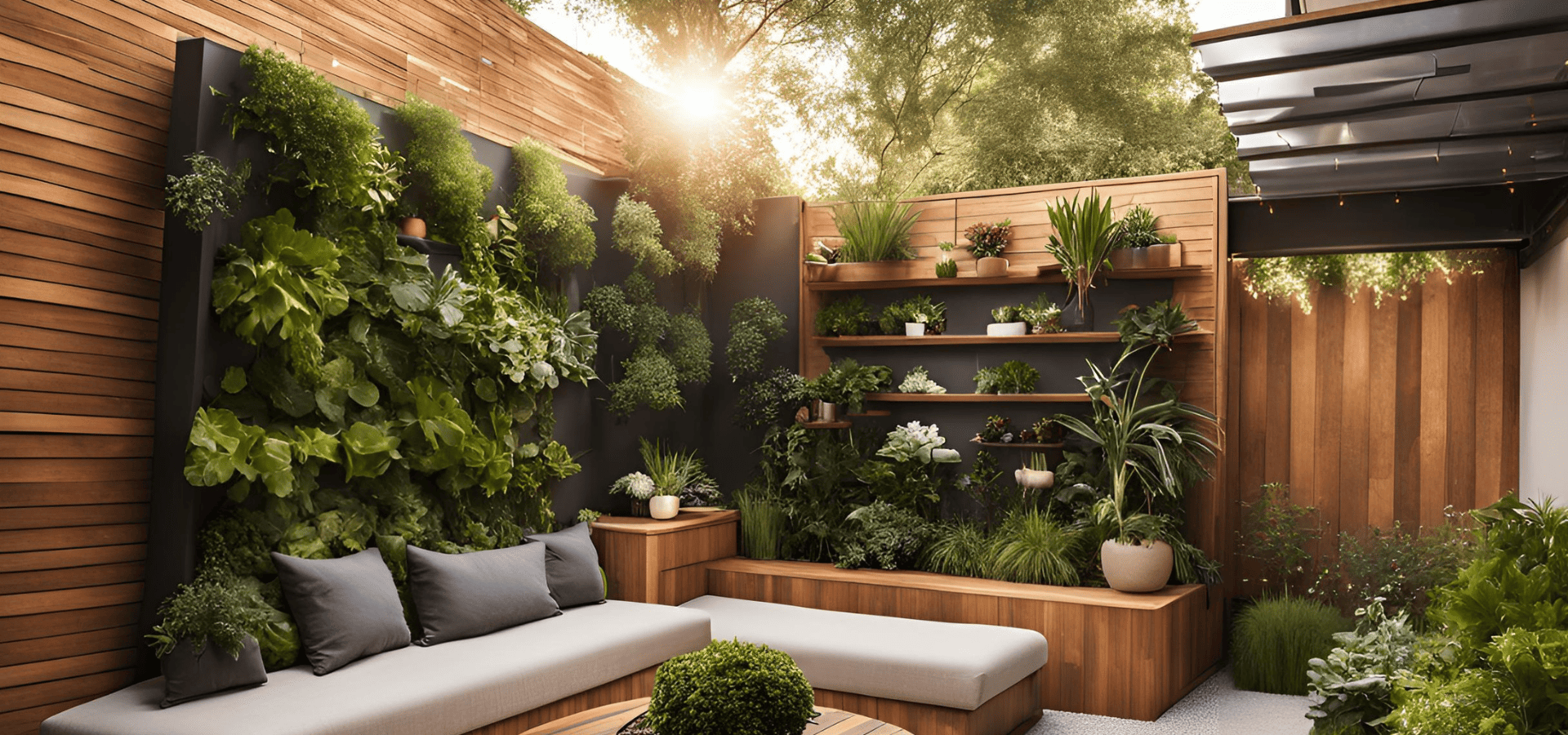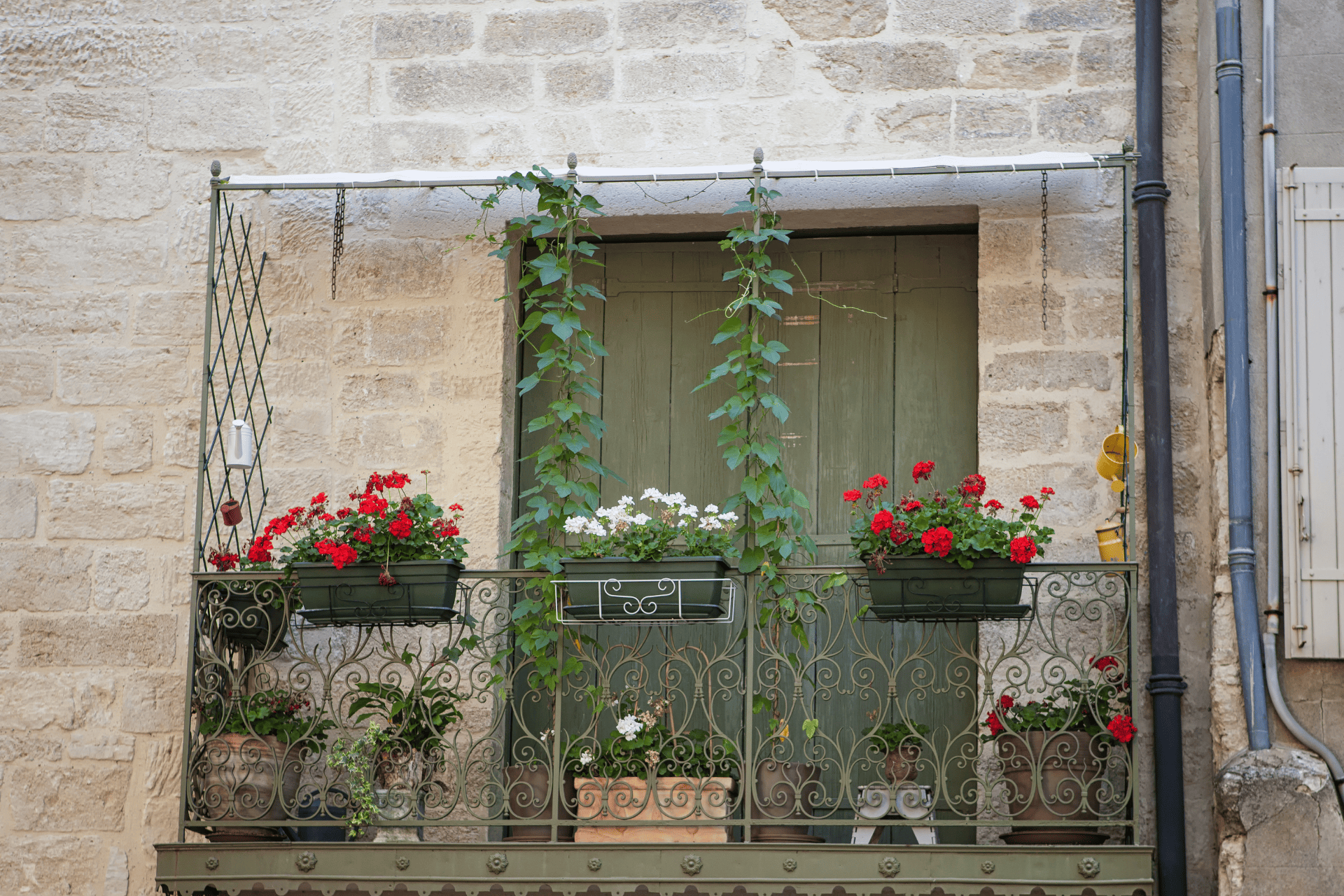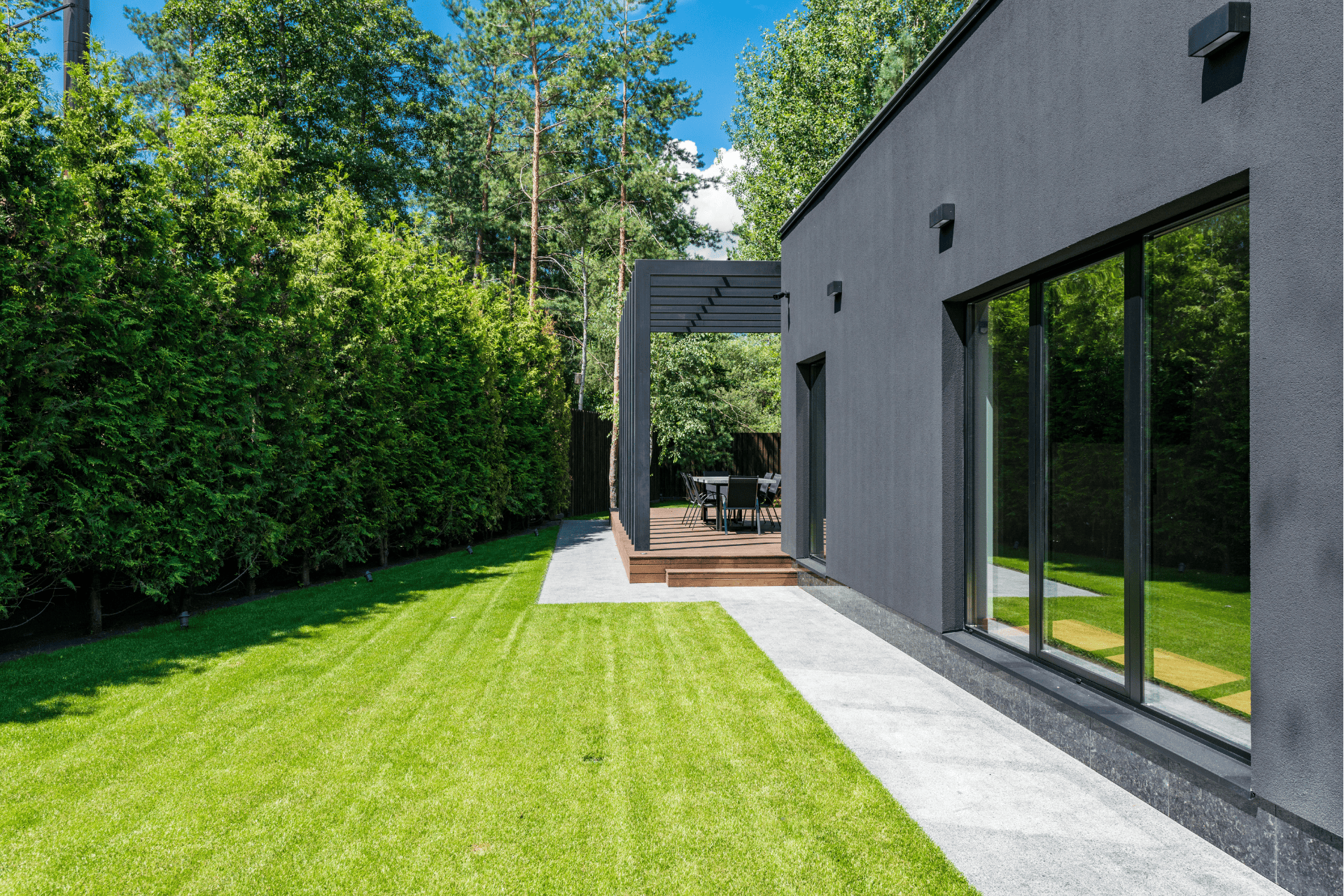How To Select Plants For A Landscape
If you’re wondering how to select plants for your landscape, you’re in the right place.
Maybe you’re trying to save money on a professional by
DIYing. Or maybe you want to beautify your landscape and just want to start small and add a few plants.
Either way, knowing how to select plants for a landscape is a skill that will probably come in handy at some point in your life, so read on to become a master at plant selection to create beautiful landscapes!
Environment
There is a lot to take into account to determine if your plant can thrive in your environment, from the soil to the plant hardiness zone. But fret not, we’ll be guiding you through everything, starting with plant hardiness zones.
Plant Hardiness Zone
The United States Department of Agriculture (USDA) uses the average annual minimum winter temperaure to divide the US into zones. Each zone has a climate profile.
So the first step to knowing your environment is to understand its climate by finding out which plant hardiness zone your area is in, so that you can better choose plants that will thrive in your region’s climate.
Microclimate
Of course, conditions will vary between the different areas inside a plant hardiness zone, and of course, your specific garden will have small differences from your neighbor’s garden.
As such, it’s important to also consider your garden’s microclimate.
First, observe the amount of sunlight your garden gets. Is there shelter nearby that blocks the sunlight out most of the time, or does your garden have sunlight throughout the day? It goes without saying that if your garden doesn’t get much sunlight, it’s best not to choose plants that need lots of sunlight, and vice versa.
Next, while the temperature likely won’t deviate too much from your plant hardiness zone’s, if you’re near say, a body of water, it might mean your garden is cooler than normal.
Finally, this is something only you can know, but some gardens just get more wind than others, and if that’s the case, you will want to ensure the plants you choose can withstand strong winds frequently.
Soil Type
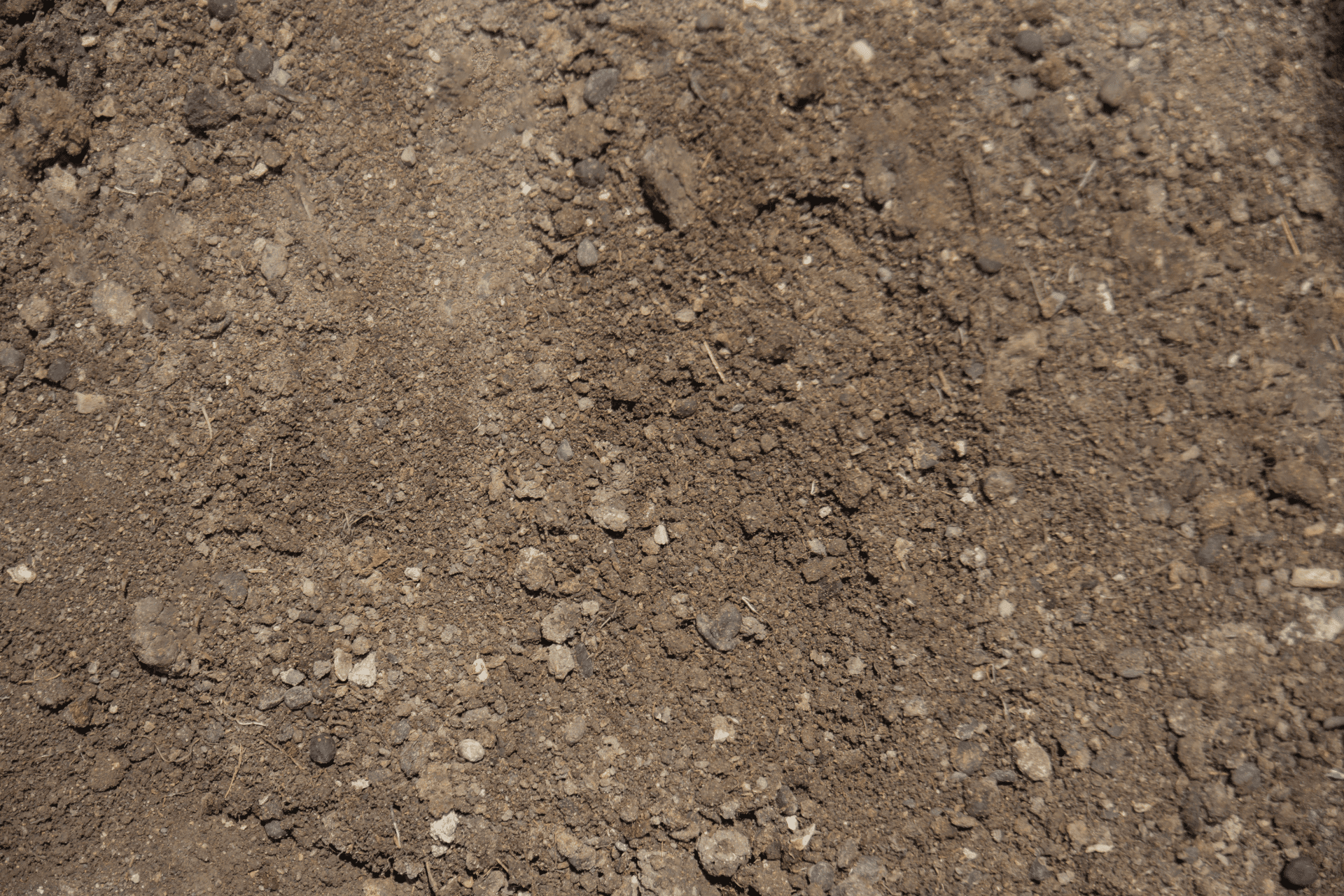
Your soil will also play a huge role in determining which plants will grow best in your garden.
Whatever type of soil you’re using, its acidity level and nutrient level can be altered, but it will have other inherent properties that you can’t change.
For example, clay soil is great for retaining water and nutrients. However, because it retains water so well, it’s also more prone to waterlogging. In contrast, sandy soil allows water to pass through quickly, so there’s little risk of waterlogging. However, more frequent watering and fertilization will be required.
So make sure to read up on your soil type and its properties and factor that in when choosing your plants.
Aesthetic Appeal
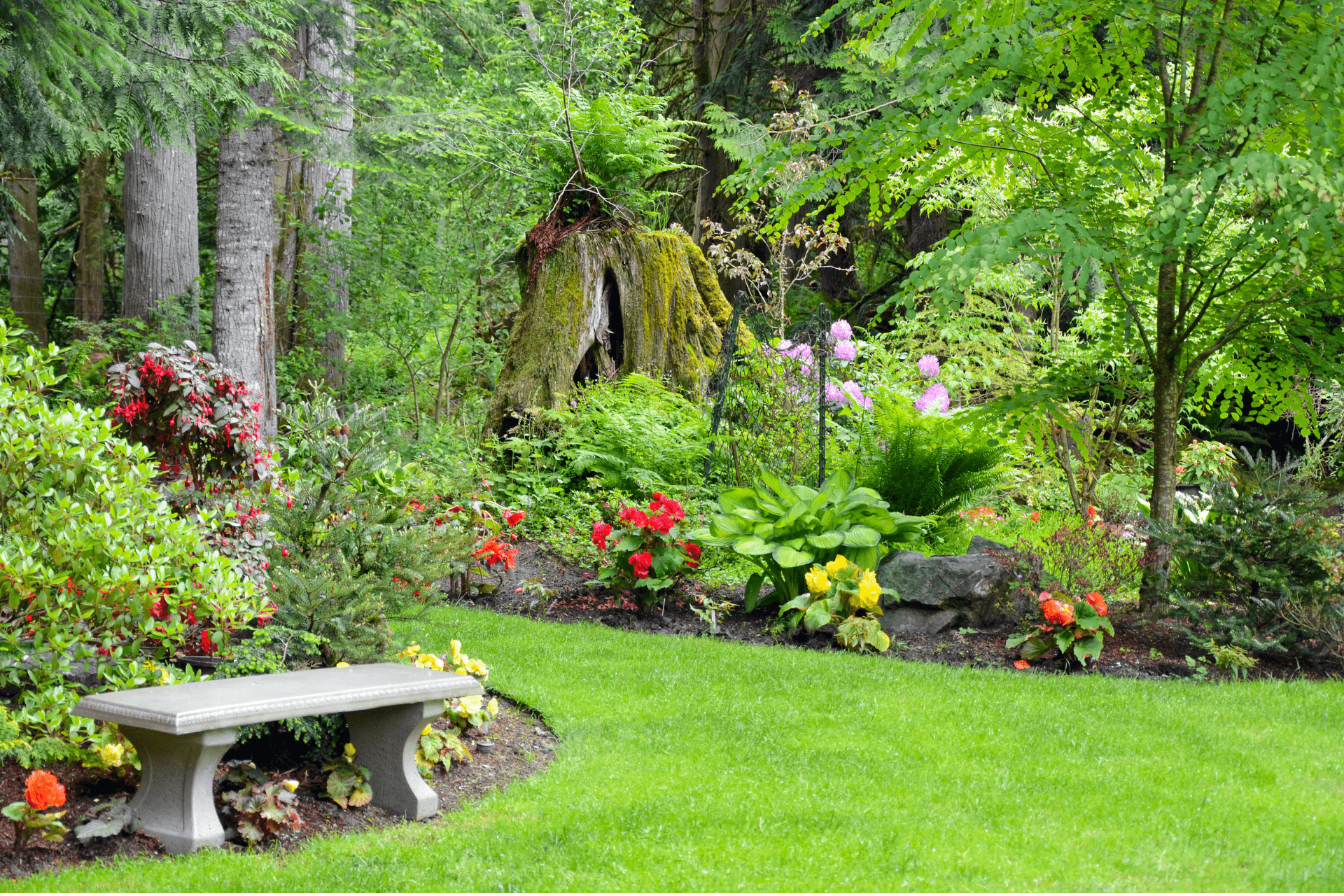
Once you’ve got a list of plants that will do well in your local environment, you’ll need to choose the best ones to complement your property and its aesthetics.
Try to go for warmer colors such as red and orange if you’ve got a large outdoor area and want to make it feel more intimate. If you want to make smaller areas feel larger instead and create a calming vibe, go for cooler colors such as blue and purple.
Once you know what colors you want, you need to decide which types of plants are right for your garden, and then see if they have the colors you’re looking for.
Here are some different garden types and the recommended types of plants to grow in them.
Formal Gardens
Formal gardens are basically gardens with very neat layouts, clear shapes, and often symmetrical organization.
For this, you’ll want to use plants that can be easily shaped and maintained in very specific shapes. An example would be neat rows of cubic bushes.
Tropical Gardens
Tropical gardens are exactly as their name suggests. They’re meant to look like you’re walking into an exotic tropical rainforest, with bold colors and large foliage.
Plants with large leaves such as palm trees and banana trees are a must-have. Once you’ve got that down, you need to pair them with bright flowers like hibiscus and bougainvillea.
It’s important to note though, that tropical rainforests are at the most only slightly cool on rainier days and season. Most of the time, they’ll be warm, so the same goes for your plants if you have a tropical garden - your environment needs to be warm, or at the very least not too cool.
Xeriscapes
Xeriscapes are special landscapes that require minimal water to survive, so as to minimize water usage. This is achieved by drough-resistant plants and mulches and ground covers.
So the plants you should be using should be ones that can survive on very little water, such as Russian sage, lavender, and of course sacti.
Practical Use
Besides simply boosting your property’s aesthetic appeal, plants can actually be quite functional and practical.
Here are some ways that plants can be very useful, and the type of plant you need for each usage.
Privacy Screens
Privacy screens can be made with plants. Plants like bamboo and arborvitae are perfect for the job. Of course, privacy screens can be made with various other materials, but if you want an all-natural garden, there are plenty of plants that can get the job done.
Noise Reduction
You can also take it one step further and block out not only other people’s prying eyes, but their noise too. By growing your plants densely together, you can create a very effective noise barrier.
Plants like spruce and boxwood will get the job done well.
Shade
Plants also provide shade (obviously). This will help keep your house cooler and reduce cooling costs in the summer.
Some good choices for this are oak and maple trees, because they shed leaves in the winter, allowing sunlight to come through.
Year-Round Appeal
Another important consideration is whether your plants will maintain their aesthetic appeal and usage through different seasons, and how much seasonal landscape maintenance will need to be done to keep it looking great. It’s not a must, but it’s definitely a plus if they do.
Needless to say, if year-round appeal is a huge deal for you, then make sure to get evergreen plants like pines and spruce.
Conclusion
There’s a lot to take into consideration when choosing plants for a landscape, but we hope that this guide gave you more clarity and helped you find the right plants for your landscape.
If you’d prefer to let a professional handle it just to be safe, you can call us today at 208-584-5202
for an absolutely free, no-obligation quote.
Or if you prefer, you can drop us a message through our contact form or email us at info@boiselandscapingcompany.com
for any inquiries!
